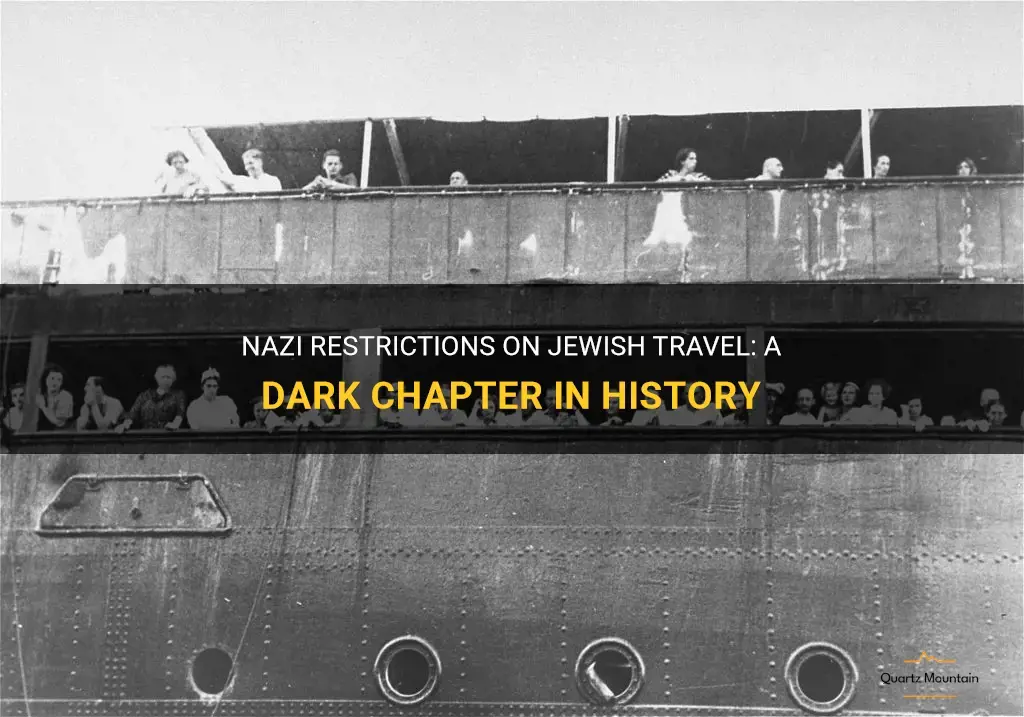
During the Nazi regime in Germany, Jews were subjected to severe travel restrictions that not only isolated them geographically, but also deepened their sense of fear and captivity. These restrictions, implemented as a means of controlling and persecuting the Jewish population, had a profound and lasting impact on the lives and experiences of Jews during this dark period in history. From the infamous yellow star badges to the overcrowded ghettos, the travel restrictions imposed by the Nazis reflect the systematic dehumanization and marginalization of Jews, ultimately leading to the tragic events of the Holocaust.
What You'll Learn
- What were the specific travel restrictions placed on Jews by the Nazi regime?
- How did these travel restrictions impact the daily lives of Jewish individuals and families?
- Were there any exceptions or loopholes to the travel restrictions that allowed Jews to leave Nazi-controlled areas?
- Did the Nazi government actively enforce these travel restrictions, and if so, how?
- How did other countries and governments respond to the Nazi travel restrictions on Jews?

What were the specific travel restrictions placed on Jews by the Nazi regime?
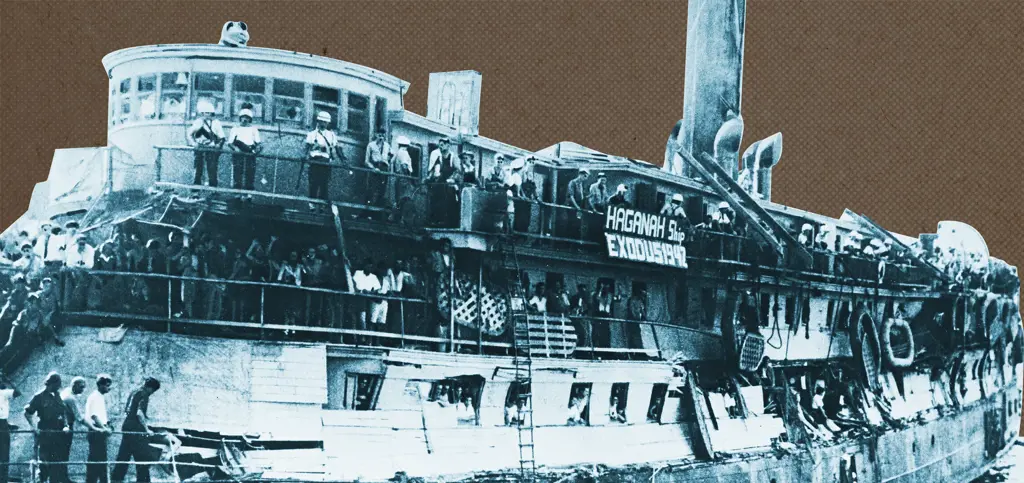
During the reign of the Nazi regime in Germany, Jews were subjected to a series of harsh travel restrictions that severely limited their freedom of movement. These restrictions were part of the systematic persecution and marginalization of the Jewish population, ultimately leading to the Holocaust. In this article, we will explore the specific travel restrictions placed on Jews by the Nazi regime.
Initial Restrictions:
In 1933, shortly after Adolf Hitler came to power, the Nazi government implemented a series of initial restrictions on Jewish travel. These restrictions included the denial of passports to Jews unless they had immediate plans to emigrate and limiting the number of Jews who could be employed in a particular occupation or industry.
The Nuremberg Laws:
In 1935, the Nazi regime enacted the Nuremberg Laws, which further curtailed the freedom of movement for Jews. Under these laws, Jews were prohibited from marrying or having sexual relations with non-Jews, and their German citizenship was revoked. This meant that Jews were no longer entitled to the protection of the German state and were vulnerable to further mistreatment.
Kristallnacht and the Pogroms:
In 1938, following the assassination of a German diplomat by a young Jewish man, the Nazi regime orchestrated a nationwide pogrom known as Kristallnacht. During this time, Jewish businesses and synagogues were attacked, and thousands of Jews were arrested and sent to concentration camps. This event marked a turning point in the persecution of Jews and led to further travel restrictions.
The "J" Stamp:
In 1938, Jews were required to have a special "J" stamp in their passports, which identified them as Jewish. This made it easier for Nazi officials to identify and restrict Jewish travelers. The stamp also served as a means of further isolating the Jewish population from the rest of society.
Intensified Emigration Restrictions:
As the Nazi regime sought to rid Germany of its Jewish population, emigration restrictions were tightened. Jews were required to obtain an exit visa, which was often very difficult to obtain. Additionally, the government imposed high emigration taxes, making it even more challenging for Jews to leave the country.
The Deportations:
As World War II approached, the Nazi regime began deporting Jews from German-occupied territories to concentration camps and extermination camps. The most well-known example of this was the deportation of Jews to Auschwitz, where millions of Jews were systematically murdered.
The Final Solution:
Ultimately, the travel restrictions imposed on Jews were part of a larger plan known as the Final Solution. This plan aimed to exterminate the Jewish population entirely. The restriction of travel was a tactic used to isolate and marginalize the Jewish population, making it easier for the Nazi regime to carry out their genocidal plans.
In conclusion, the Nazi regime imposed a series of travel restrictions on Jews that severely limited their freedom of movement. These restrictions were part of a larger system of persecution, leading ultimately to the Holocaust and the genocide of millions of Jews. The travel restrictions, along with other forms of discrimination and mistreatment, aimed to isolate and marginalize the Jewish population, making it easier for the Nazi regime to carry out their horrific plans.
Norway Implements International Travel Restrictions Amidst the Pandemic
You may want to see also

How did these travel restrictions impact the daily lives of Jewish individuals and families?
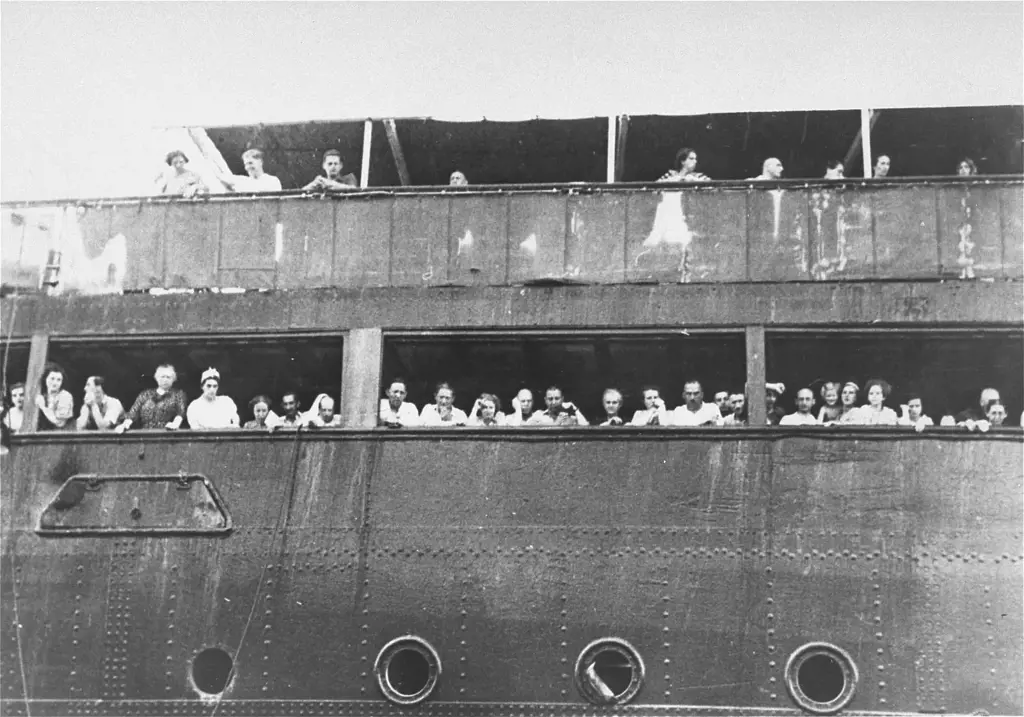
The imposition of travel restrictions on Jewish individuals and families throughout history has had profound impacts on their daily lives. These restrictions, often motivated by anti-Semitic sentiments, have limited their freedom of movement and subjected them to discrimination and persecution. This article examines how these travel restrictions have affected the daily lives of Jewish individuals and families.
Limitations on Education and Employment Opportunities:
Travel restrictions imposed on Jews have often hindered their access to education and employment opportunities. For example, in medieval Europe, Jewish individuals were often confined to specific areas called ghettos and were prohibited from attending mainstream schools or universities. This limited their chances of acquiring knowledge and pursuing careers outside certain professions, such as moneylending.
Separation of Families and Communities:
Travel restrictions have also resulted in the separation of Jewish families and communities. For instance, during the Holocaust, Jewish families were forcibly separated as they were deported to concentration camps. The restrictions placed on their movement prevented them from seeking refuge or reuniting with loved ones. This separation caused immense emotional distress and had long-lasting impacts on survivors and their descendants.
Economic Hardships:
Travel restrictions have had significant economic impacts on Jewish individuals and families. In many instances, Jews were expelled from their homes and businesses, leading to financial instability. The restrictions on traveling to certain areas or countries also inhibited their ability to pursue economic opportunities. This economic discrimination and hardship further marginalized the Jewish community and perpetuated anti-Semitic stereotypes.
Vulnerability to Persecution:
Restricted travel has made Jewish individuals and families more vulnerable to persecution and violence. By confining them to specific areas or denying them travel permits, authorities were able to isolate and target Jewish individuals more easily. During the Spanish Inquisition, for example, Jews were forced to convert to Christianity or face expulsion. Those unable to leave were subject to persecution and violence.
Disruption of Cultural and Religious Practices:
Travel restrictions have disrupted Jewish cultural and religious practices. For instance, during the Soviet era, many Jews were prohibited from attending synagogues or practicing their religion openly. This limited their ability to observe important religious holidays and rituals, resulting in the erosion of their cultural and religious identity.
In conclusion, the travel restrictions imposed on Jewish individuals and families have had far-reaching impacts on their daily lives. These restrictions have limited their education and employment opportunities, separated families and communities, caused economic hardships, increased vulnerability to persecution, and disrupted cultural and religious practices. Recognizing and understanding the consequences of these restrictions is crucial in building a more inclusive and tolerant society.
Navigating the Lebanese Travel Restrictions: What You Need to Know
You may want to see also

Were there any exceptions or loopholes to the travel restrictions that allowed Jews to leave Nazi-controlled areas?
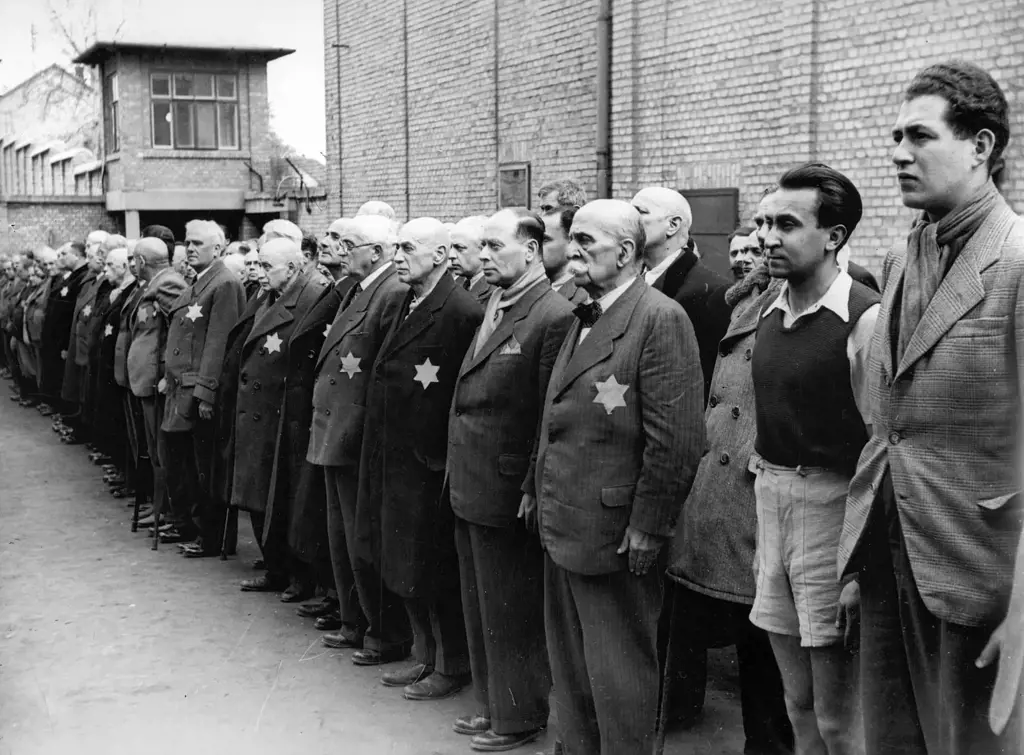
During the Holocaust, the Nazis implemented strict travel restrictions in an attempt to control the movement of Jews within their occupied territories. However, there were some exceptions and loopholes that allowed some Jews to leave these areas. These exceptions were not always reliable or accessible to all, but they did provide opportunities for escape for a fortunate few.
One exception to the travel restrictions was the issuance of exit visas by Nazi officials. In some cases, Jews were able to obtain these visas through various means. For example, bribing officials or having connections with sympathetic individuals could sometimes facilitate the issuance of an exit visa. However, obtaining these visas was a risky and often costly endeavor, and not everyone had the means or resources to pursue this option.
Another loophole that allowed some Jews to leave Nazi-controlled areas was the involvement of international organizations and foreign governments. Organizations such as the Joint Distribution Committee and the Red Cross were able to negotiate and secure exit permits for certain individuals. Additionally, some foreign governments, such as Sweden and Switzerland, were more lenient in their immigration policies and actively sought to rescue Jews from Nazi persecution. These countries would often grant asylum to those fleeing Nazi-controlled territories, providing a pathway to escape for some Jews.
In rare cases, individuals were able to exploit their professions or skills to secure permission to leave. Scientists, academics, and artists were sometimes granted permits to travel for conferences, exhibitions, or cultural events. However, these exceptions were limited in number and generally only applied to individuals with reputable positions or connections in their respective fields.
It is important to note that these exceptions and loopholes were not accessible to the majority of Jews who were trapped under Nazi rule. For most, escape was nearly impossible due to the strict restrictions and the constant surveillance and persecution by the Nazis. Additionally, many Jews were unable to leave because they lacked the financial means or the necessary connections to navigate the complex bureaucratic processes involved in obtaining the necessary documents for travel.
Overall, while there were some exceptions and loopholes that allowed a fortunate few to leave Nazi-controlled areas, the vast majority of Jews were trapped and subjected to the horrors of the Holocaust. It is crucial to remember and honor the millions who perished and to acknowledge the immense bravery and resilience of those who did manage to escape.
Challenges and Considerations of Travel Restrictions for Military Leave
You may want to see also

Did the Nazi government actively enforce these travel restrictions, and if so, how?
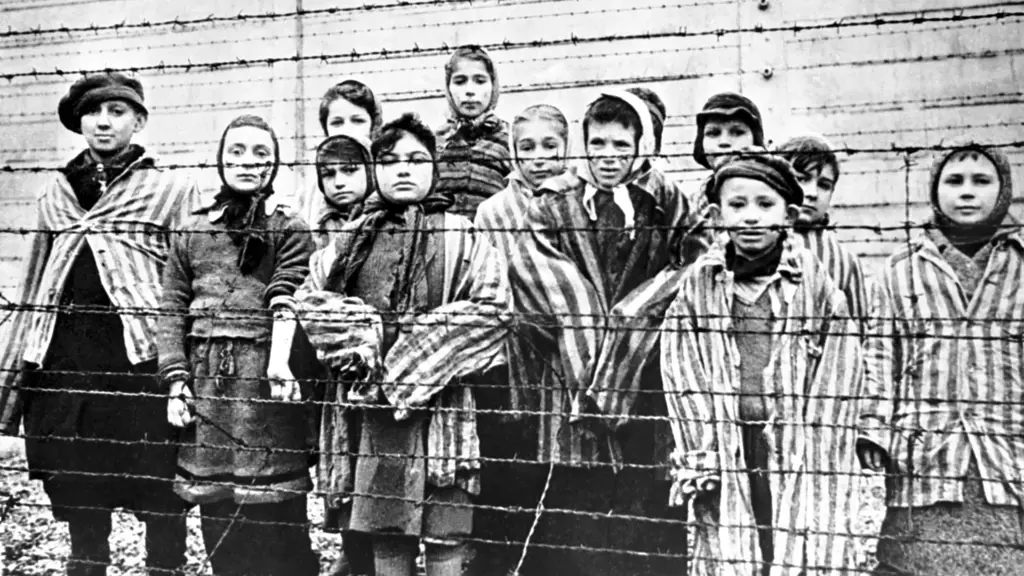
The Nazi government, under the leadership of Adolf Hitler, implemented a series of travel restrictions on certain groups of people during its reign from 1933 to 1945. These restrictions were part of the regime's broader strategy to control and suppress certain populations and maintain a strict social order. The travel restrictions targeted specific groups such as Jews, political dissidents, and individuals considered undesirable by the Nazi regime.
The enforcement of these travel restrictions was an essential part of the Nazi government's agenda, as it sought to isolate certain populations and prevent their escape or interaction with the wider world. The steps taken to enforce these restrictions were systematic and comprehensive, involving both legal and administrative measures.
One of the primary methods used to enforce travel restrictions was the introduction of legislation that made it illegal for certain individuals to travel and imposed penalties on those caught attempting to do so. Laws such as the Nuremberg Laws, enacted in 1935, greatly restricted the travel rights of Jews and other "non-Aryans." These laws banned intermarriage between Jews and Germans and effectively labeled Jews as second-class citizens.
Additionally, the government introduced passport and visa requirements that made it extremely difficult for targeted individuals to travel abroad. Jews were particularly targeted in this regard as they were required to apply for special passports and were often denied the necessary documentation. The government tightened its control over passport offices, making it increasingly difficult for targeted individuals to obtain the necessary travel papers.
Furthermore, the government established a system of checkpoints and border controls to intercept individuals attempting to flee or violate travel restrictions. This involved stationing police and military personnel at strategic points along borders and major transportation hubs to monitor and restrict movement. Individuals were subjected to intense scrutiny, and those deemed undesirable would be detained or turned away.
The Nazi government also used propaganda to enforce travel restrictions. The regime actively spread anti-Semitic and xenophobic messages, creating an atmosphere of fear and suspicion. Through state-controlled media, films, and propaganda campaigns, the government instilled a sense of loyalty and obedience within the population while promoting the idea that certain groups posed a threat to German society. This psychological manipulation made it easier for authorities to enforce travel restrictions, as individuals within the community would be more inclined to report or denounce anyone attempting to violate them.
In some cases, the government employed violence and coercion to enforce travel restrictions. Those caught attempting to flee or help others to do so were often subjected to brutal punishment, including imprisonment, torture, and even death. The government created a culture of fear and punishment, deterring individuals from attempting to escape or violate travel restrictions.
Overall, the Nazi government actively enforced travel restrictions on targeted populations through a combination of legislation, administrative measures, propaganda, and violence. These measures effectively isolated certain groups and prevented them from seeking asylum or escaping Nazi persecution. The enforcement of these restrictions played a significant role in consolidating the power and control of the regime and contributed to the widespread suffering and loss of life during the Nazi era.
Navigating Medication Restrictions for Travel to Singapore
You may want to see also

How did other countries and governments respond to the Nazi travel restrictions on Jews?

The Nazi travel restrictions on Jews during World War II were met with various responses from other countries and governments around the world. This article aims to shed light on these different reactions, highlighting the steps taken by different nations and providing examples of their efforts.
- United States: The United States initially had strict immigration quotas in place, which limited the number of immigrants allowed into the country. However, in response to the growing persecution of Jews in Nazi Germany, the U.S. government introduced the Wagner-Rogers Bill in 1939, which would have admitted 20,000 Jewish refugee children. Unfortunately, the bill faced opposition and was ultimately not passed. Nevertheless, some individual Americans, such as the journalist Varian Fry and the American Jewish Joint Distribution Committee, helped facilitate the immigration of Jews to the United States, albeit on a smaller scale.
- Great Britain: While the British government did not actively pursue policies to admit large numbers of Jewish refugees, it did take some steps to rescue individuals at risk. One such initiative was the Kindertransport, which allowed nearly 10,000 children, the majority of whom were Jewish, to enter the country before the outbreak of World War II. The British government also worked with other organizations, such as the Jewish Refugee Committee, to provide aid and support for Jewish refugees.
- Sweden: Sweden provided a safe haven for many Jewish refugees during World War II. The country sought to accept as many Jewish refugees as possible, with over 7,000 Jews finding sanctuary there by the end of the war. Swedish diplomat Raoul Wallenberg went above and beyond to protect Jews in Hungary, issuing thousands of protective passports and establishing safe houses. His efforts saved the lives of thousands of Jews.
- China: China was one of the few countries that did not require visas for entry, which allowed a small number of Jews to escape Nazi persecution and find refuge in Shanghai. Approximately 18,000 Jews fled to Shanghai, where they formed a tight-knit community in the Hongkou district. Despite the impoverished conditions, the Chinese government did not actively enforce any discriminatory policies against the Jewish refugees.
- Palestine: During this period, British rule governed Palestine, and limitation measures were put in place to restrict Jewish immigration. However, there were organized efforts by Zionist organizations, such as the Mossad L'Aliyah Bet, to smuggle Jewish refugees into Palestine. In some cases, these illegal immigration activities were successful, leading to the establishment of refugee camps and communities.
- Other countries: Some countries, such as Switzerland and Portugal, adopted restrictive immigration policies and enforced border controls, limiting the number of Jewish refugees they would accept. Other nations, like France and Belgium, initially welcomed Jewish refugees but later succumbed to pressure from Nazi Germany and deported Jews to concentration camps. It is important to note that the responses of individual countries varied depending on their political, economic, and social contexts.
In conclusion, the responses of different countries and governments to the Nazi travel restrictions on Jews varied widely. While some nations, like the United States, Great Britain, Sweden, China, and Palestine, took steps to provide refuge and assistance to Jewish refugees, others adopted restrictive policies or yielded to Nazi pressure. The efforts of individuals, humanitarian organizations, and diplomats played a crucial role in saving the lives of many Jews during this dark period in history.
Exploring the Current Restrictions on Travel to Iran
You may want to see also
Frequently asked questions
The Nazis imposed severe travel restrictions on Jews as part of their discriminatory policies. Jews were prohibited from traveling to certain areas, such as designated Jewish ghettos or concentration camps. They were also forbidden from leaving the country without obtaining special permission, which was rarely granted. These restrictions severely limited the ability of Jews to escape persecution and seek safety elsewhere.
The Nazis implemented travel restrictions on Jews as a means of isolating and controlling the Jewish population. By preventing Jews from freely moving around, the Nazis hoped to further marginalize and oppress them. The restrictions were part of a broader strategy to segregate and dehumanize Jews, ultimately leading to their mass deportation and extermination during the Holocaust.
While it was extremely difficult for Jews to bypass the travel restrictions imposed by the Nazis, some individuals were able to do so. This was often through the help of non-Jewish allies who risked their own lives to assist Jews in escaping to safer countries. Additionally, there were instances where Jews were able to obtain forged or falsified documents to pass as non-Jews. However, these cases were rare and the majority of Jews were trapped within Nazi-controlled territories, unable to escape the horrors of persecution and genocide.







